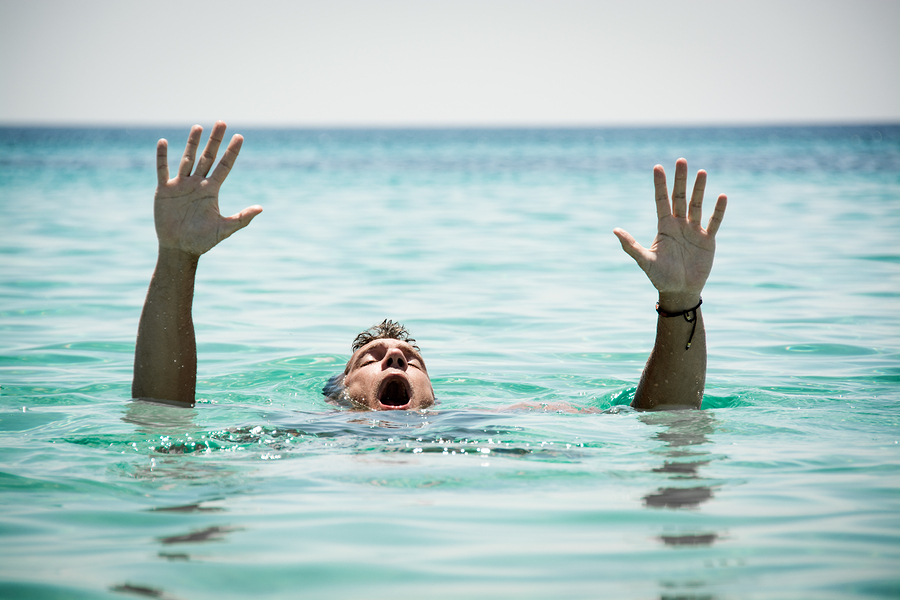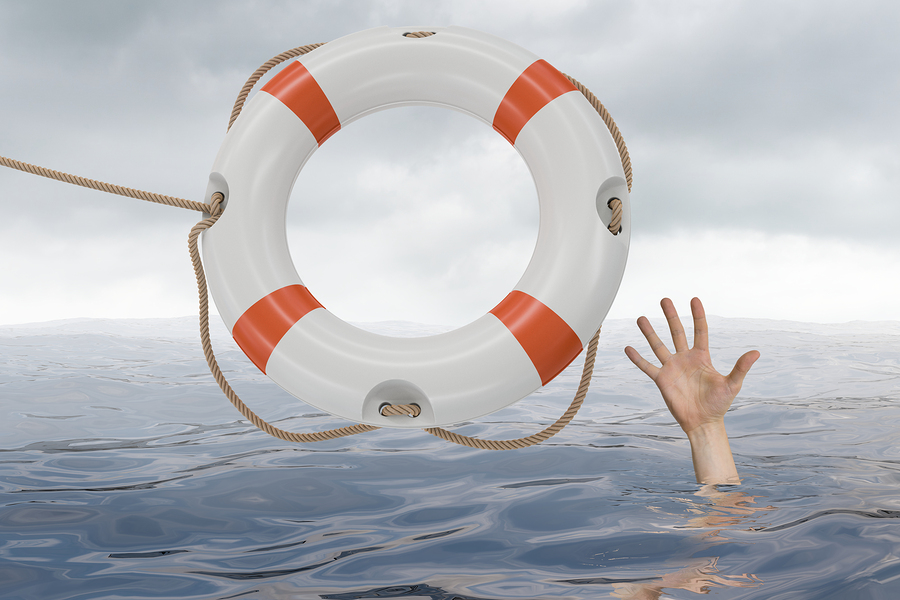- Make It Yourself Lavender Heart-Shaped Bath Bombs!
- 20 Things You Never Knew About “Down There”
- 12 Best Foods For Those Suffering From Arthritis Pain
- 12 Personal Hygiene Mistakes Almost Everyone Makes (Mom Never Told You About #4!)
- 15 Medicinal Plants And Herbs From The Cherokee People
- 12 Mind-Blowing Benefits Of Drinking Coconut Water During Pregnancy
- 12 Outstanding Winter Foods That Won’t Fatten You Up Like A Christmas Turkey
What Is “Dry Drowning” And Is It Real?

Photo credit: bigstockphoto.com
Recently, the internet has been buzzing about a tragic case in in Texas where a 4-year-old boy lost his life to a mysterious condition called “dry drowning.” The reports claim the child went swimming, appeared to be fine, then days later suddenly began exhibiting drowning symptoms and died in the hospital. The story sparked widespread alarm among parents who are concerned that something like this could happen to their kids, and they might not be able to recognize the signs until it is too late. To make matters more complicated, articles began circulating soon afterward claiming that dry drowning is not real, and that claims to the contrary were causing undue stress and anxiety for parents.
What is the truth behind these claims, and should parents be concerned about dry drowning? Let’s get to the facts of the matter and find out whether these worries are justified.
What is “dry drowning”?
In an interview with Live Science, Dr. Mike Patrick, an emergency-medicine physician at the Ohio-based Nationwide Children’s Hospital, defined dry drowning as a condition where the vocals cords begin to experience spams and start to close up. This creates difficulty with breathing, and the body reacts by sending fluids to the lungs in an attempt to reopen the vocal cords. An unintended side effect of this response is that it could lead to pulmonary edema, a situation where dangerous amounts of fluid build up in the lungs, and actually make the problem worse.
There is also a condition called “secondary drowning,” in which water that is inhaled dilutes the lungs’ surfactant, a natural lubricant which helps prevent the interior surfaces of the lungs from sticking together. If this surfactant is taken away, the lung sacs can collapse in on themselves. A person affected in this way will be unable to breathe properly, and the body will respond by sending fluid to the lungs in an attempt to remedy the problem, which in turn triggers pulmonary edema.
It may be mindboggling to think that someone can die by drowning days after they’ve left the water, but that’s what a number of stories going around on social media are claiming. To make matters even more confusing, some people are using the terms “dry drowning” and “secondary drowning” interchangeably.
Sounds pretty scary, right? It may not be time to panic and swear off swimming just yet.
Continue to Page 2

Photo credit: bigstockphoto.com
Dry drowning… Is it real?
Not according to a number of critics who have released rebuttal articles over claims of dry drowning in the past few days.
Dani Stringer, a pediatric nurse and proprietor of Kidnurse.org, argued in a recent blog post that dry drowning should not be a concern for parents of young children, because it is not recognized as a real medical condition. She claims that the term “dry drowning” originally came into use to describe drowning victims whose lungs were found to be free of water during autopsy (which is actually due to a laryngospasm).
Stringer argues that cases of vocal cord spasms and other reactions that produce a drowning-like effect are extraordinarily rare. They make up about 1 to 2 percent of all drowning cases, according to WebMD. Parents should be aware that rare things like this are possible, but they should not be worried that their child will die suddenly a few days after going in the swimming pool. It’s far more important for parents and other adults to keep an eye on their kids while they swim and make sure they don’t drown while they are in the water.
It is possible that when a child (or an adult, for that matter) goes swimming, they might inhale some water, and it will go into their lungs, a process known as aspiration. This can produce symptoms like what was described above, but these symptoms will happen immediately.
So, what’s the bottom line?
Dry drowning and secondary drowning are not recognized as diseases or medical conditions. They are ambiguous terms used to describe real physiological reactions, but they are extremely rare, and not something that a parent should be worried about. Children are much more likely to drown in the water due to the negligence of adults who should be monitoring them. If, for whatever reason, your child begins to exhibit difficulty breathing, take them to the ER and get professional medical help there.
Preventing drowning is simple: teach your children how to swim at an appropriate age, and make sure someone is watching them while they are in the water, preferably a qualified lifeguard trained in CPR. It’s a good idea for all parents to be certified in CPR themselves.
Be vigilant and be sure to fact-check stories like this on the internet before getting alarmed or sharing them with others.
References:
www.promedicahealthconnect.org
































